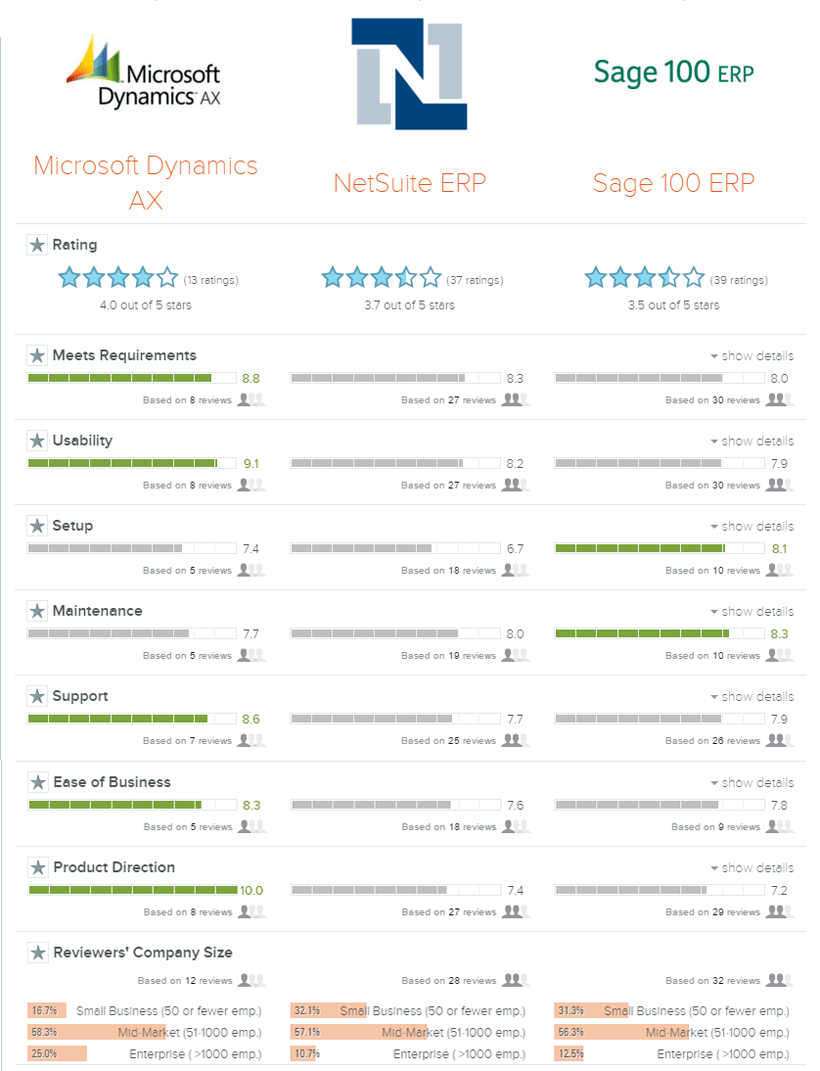Enterprise Resource Planning (ERP) is the systematic coordination of business assets and processes, optimized for improving operational efficiency. In modern terms, ERP commonly refers to a software package that facilitates this initiative in an integrative, digital business environment. Previously only accessible to Fortune 500 companies and firms with deep pockets, implementation costs for modern ERP solutions have fallen dramatically to establish ERP systems as an essential resource for ambitious firms pursuing rapid growth.
Brief history
Before the digital age, firms large and small managed their processes and information manually – by way of paper and pencil. In those days, meaningful business information was difficult to obtain and highly rigid in terms of manipulation and analysis. Fast forward to the digital age and the advent of the computerized spreadsheet. This technological advancement revolutionized the business world in several important ways such as dramatically improving accessibility, automating mathematical operations, and introducing unprecedented flexibility in reporting.
Today, computerized spreadsheets address many critical issues relating to data storage and manipulation. Other common business management tools, such as QuickBooks, bridge gaps in operations and are great for businesses that have limited functional interplay and do not rely on sophisticated workflows or reporting. Many businesses adapt crude or “bootstrapped” processes in early stages as a means to minimize startup costs and allow for functional development.
ERP solution
As startups mature and approach scale, they tend to outgrow bootstrapped systems and begin to experience an array of constraining limitations or pain points. For example, managing separate systems for production jobs, BOM, and accounting, or supply chain and HR, requires double data entry across separate departments. Such disintegration suffers from considerable efficiency leaks and increases the probability of human error.
A high quality ERP solution integrates all key business processes, streamlines workflows, and allows for highly customizable reporting, among many other advantages. Powered by shared databases, ERP modules carry out complex interactions on the back end to deliver simplicity to the user on the front end.
Taking the above example, the task of generating a BOM can automatically adjust inventory levels, accounting records, supply chain data, labor costs, and potentially more. Such automation greatly reduces waste by eliminating redundant tasks and circumventing common human error scenarios.
Solution alternatives
Today’s business executives are met with a wide selection of ERP alternatives that differentiate on key attributes that address unique business requirements. While no single option is right for all, the following is a high level comparison of top contenders:

Data source: G2 Crowd
As compared above, each ERP alternative has unique attributes that may best fit particular client requirements. Investment into high quality ERP technology prepares a firm for scale and offers many important advantages in operational efficiency and business intelligence.
Thinking about implementing an ERP at your firm? We can help you make the best decision.
“Captivix has demonstrated strong professional skills and expertise to help us build a better product than expected.”


























